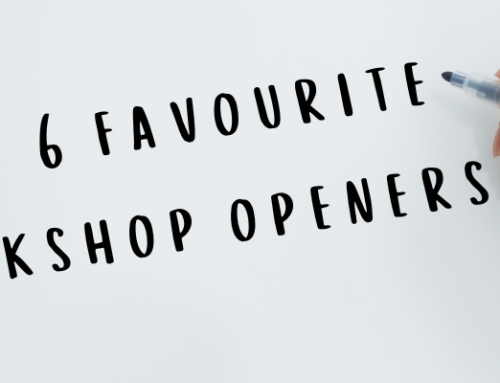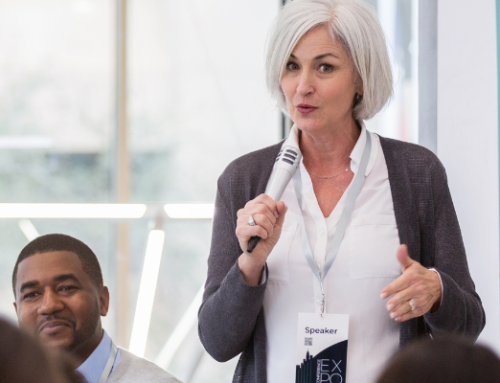Welcome back to my blog! The last two times we talked about, how you make your bed, so the project kick-off meeting, and with that a concrete, fitting example.
Now we move on to the project mid-term meeting. Here it is important to look back and also to look into the future. In other words, to address the following questions:
- Where are we with the project?
- What have we resolved, and what have we achieved?
- Where did we have to wwwiate?
- Why did we have to wwwiate and what changes did that eg. does that mean?
- The work packages are now before us and how are they supposed to be processed (half way through one is usually “wiser” than at the beginning of a project :-)?
The relationship level should also be reflected: How was the communication / information / the vote in the project / the decision-making processes / etc.? What was good and what happened and what can be improved and how?
And as you can already imagine, a mid-term meeting can also be designed more creative than the usual ppt-input and question-and-answer – sequence!
The following is a concrete example of a 2-day midterm meeting in Croatia, again an EU project – designed and moderated by me – with 40 international people:
- Opening and warm-up (a similar procedure as for the project kick-off, which I showed you last time)
- Interview of the WP-leaders on the progress of their WP‘s. Each person responsible briefly presented the objectives of the respective WP‘s, then what has been achieved so far and the next steps. Visualisation was NOT done with ppt, but with simple self-made flip charts with the main points.
- This was followed by a so-called “marketplace”, i.e., the WP-leaders distributed their flip charts around the room and positioned themselves there too. Everyone else could wander around and stand where their greatest interest was, and ask their questions of the WP-leaders or discuss with the others.
- After this round the WP-leaders were interviewed by me again, but this time with other issues, such as what were the visitors most interested in? What insights do you take away for your WP? What are the next steps from here?
- OK, I admit it, this was followed by a ppt input, which was then discussed.
- But subsequently in 3 rounds of World Café key directional questions for the future of the project were discussed.
- The results were presented as a so-called “Elevator pitch”, i.e. you have only a little more time than an elevator ride for the presentation, so super short and sexy. The essence.
- The conclusion of the 1st day was a feedback session about the 1st meeting-day (Note: The feedback was excellent!)
- On day 2, in many parallel workshops more forward-looking issues were discussed, and the results were presented in the “Fish bowl” (I will present this – highly participatory – method to you soon in more detail). It sounds so simple, but it was not. Because already in the run-up several conference calls were made, to identify THE sexy topics and associated questions.
- The conclusion of the entire project mid-term meeting was – as expected – highly creative: this time the presentation of the project as a body sculpture. A wonderful, fun and emotionally worthy conclusion of 2 intensive days.
At this point once again, thank you very much to my clients who had requested “something else”, and had the courage to take more innovative and participatory paths! The subsequent feedback of the project groups confirmed them in their approach!
But beware! Both meetings described here require careful preparation, in particular in the inclusion of WP-leaders as “co-moderators“. I.e. not only reserve a lot of time, but mainly a lot of communication in advance (ideally also a personal meeting with the ” co-moderators”, no later than a day before the project meetings) and a detailed schedule for the co-moderators (but not for the rest of the group! Otherwise you take out your flexibility, as we have already discussed elsewhere.)
That’s it for today! And – how could it be otherwise – next time follows the final meeting (can also be called the “Kick-out” meeting 🙂 ).



















Leave A Comment